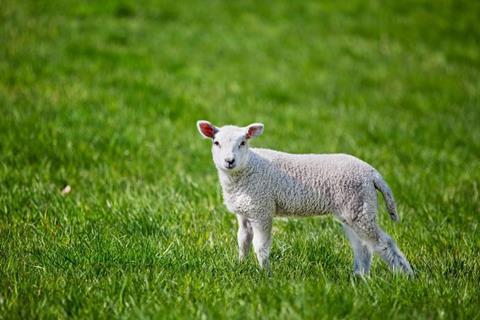Shelfwatch, NFU Scotland’s organisation of secret shoppers, has found a huge variance in the amount of Scottish lamb that is available in the country’s biggest retailers.

The latest Shelfwatch took in 35 stores nationwide and discovered the following results.
With the lambing season is getting nearer, the NFU wanted to identify the amount of Scottish lamb on shelves in supermarkets.
According to the visits, two-thirds of the lamb offered on supermarket shelves was found to be Scottish or British.
However, the NFU believes that this figure can improved by greater retailer support.
Despite Scottish lamb production typically falling toward the start of spring, Scottish farmers believe that there is still enough lamb to stock Scottish store shelves, and therefore meet the year-round consumer demands.
Whilst there was some strength in support of local lamb seen in the supermarkets, the local lamb watch revealed that some retailers are still stocking significant amounts of imported lamb.
The results showed that Marks and Spencer, Aldi and Lidl had the highest proportion of British and Scottish lamb on shelves.
On the other hand, members of NFU Scotland expressed concern over Morrisons, a long-standing supporter of Scottish and British farmers, due to the high volumes of imported lamb available and the NFUS has contacted the retailer on the matter.
Meat Management approached Morrisons for comment and has not yet received a response.
Sainsbury’s, Waitrose and the Co-op were found to have the largest percentage volumes of imported lamb.
The Co-op has pledged to NFU Scotland that from May 2017 it will exclusively source home-produced lamb for its stores.
NFU Scotland will continue to press Tesco, Asda, Sainsbury’s and Waitrose for a strengthened commitment to home-produced lamb.
This story was originally published on a previous version of the Meat Management website and so there may be some missing images and formatting issues.















